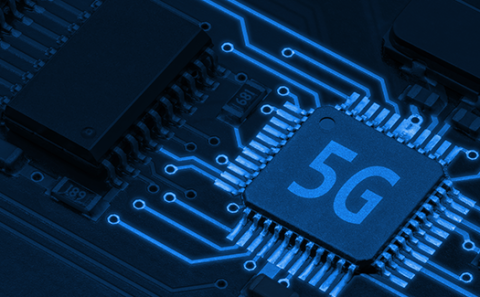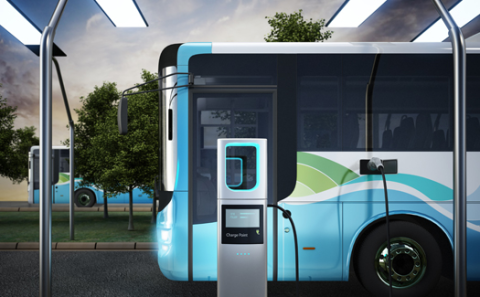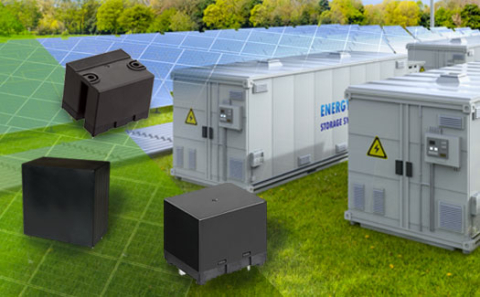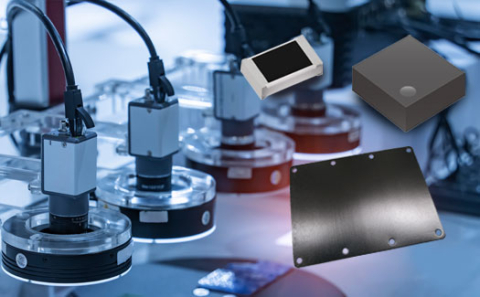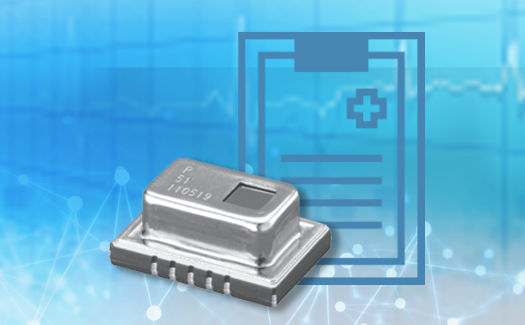
Healthcare And Sensors: Life, Wellness, And Lower Costs
Published on- Sensors
Wearable technology has become a part of the daily exercise routine for many. Bracelets and Smart Watches can detect how many steps an individual has taken in a day while others can use Sensors to monitor heart rates. This helps people stay healthy by creating a stream of data that allows users to monitor their physical fitness and remain in peak shape.
Looking forward, innovators have started to see how that technology can be integrated into the IoT to improve healthcare for all. The SmartWatch that monitors a user’s heart rate now can, in the future, be linked to a hospital network that can process the data it receives through predictive analytics and address health concerns before they become serious issues.
Currently, one New England hospital found that with a system of Sensors in patient rooms, response time drops to two minutes and sometimes even lower. The Sensor system is situated below the patient’s bed mattress and tracks things like respiratory, heart rate and motion. If vital signs show a dangerous change, nursing care is alerted and can hasten to the room. What’s more, the Sensor system can collect thousands of data points on the individual’s condition in just a couple of hours—far outstripping what a doctor or nurse could monitor over the same period.
Reducing Length Of Hospital Stays
Sensors in hospitals have also been shown to reduce the length of stays. According to a 2016 article by consulting firm McKinsey, patient Sensors in intensive-care units reduced the length of stays by 23 percent. A Sensor such as Panasonic’s Grid-EYE®, which can provide a system capability to monitor movement across its 64 pixels, can help track the activity of a patient while avoiding any of the privacy concerns raised by other monitoring systems such as cameras. The Grid-EYE works by continuously sensing IR radiated energy of a source even if there is no movement and can be employed in patient care when wearable Sensors are not useable. The Sensor’s potential applications are vast and one of its most recent applications is helping to detect drowsiness.
Helping To Improve Health And Lower Costs
The medical Sensors market is expected to reach $18.5 billion by 2024, according to a new report by Grand View Research, especially as patients suffering from chronic conditions increase and fuel the use of Sensor-based monitoring as well therapeutic devices. Treating chronic diseases, such as diabetes, cancer, depression, and heart disease, accounts for most of the healthcare costs in the U.S., according to the Centers for Disease Control. The organization estimates that one out of every two Americans has a chronic disease. About a quarter of all Americans have two chronic diseases. As data management and analytics improve, Sensors are helping to keep people healthier, and taking a bite out of costs.
Hospitals and their patients are beneficiaries. Long term care facilities, physical therapy centers, and even homeowners can also take advantage of Sensor data that yields better information and helps people to make smarter decisions.
Pressure Sensors That Monitor Health
Sensors throughout a senior’s home or care facility provides a stream of data on their daily activities and can create an image of the individual’s health. For instance, Pressure Sensors placed inside a pillow can monitor how many hours an individual gets in a typical night. Other pressure Sensors can measure water levels. Placed in a toilet, these Sensors can determine how often an individual uses the restroom.
Given the right platform or software, these Sensors can yield data to most importantly detect irregularities and test them against the previous data. When irregularities occur, the caregiver can address potential issues.
By utilizing these technologies to monitor health and routine, senior citizens, and anyone that suffers from a chronic illness can achieve greater independence while still receiving the care they need. These residential or institutional solutions can help patients avoid costly and unnecessary hospital stays since they are able to receive care and have their health monitored from home.
More Time At Home
What’s most exciting about the role of Sensors in health monitoring is that while Sensors collect the data, the ability for software and systems to better analyze large amounts of information is only increasing. Panasonic is positioned as a specialty Sensor maker and an authority in this IoT critical technology—an integrated solutions partner for companies and government entities that create technologies that move us toward a better life and a better world. And as we have for almost a century, we do this for a single purpose: to make life more fulfilling and the world a more enjoyable and sustainable place.
